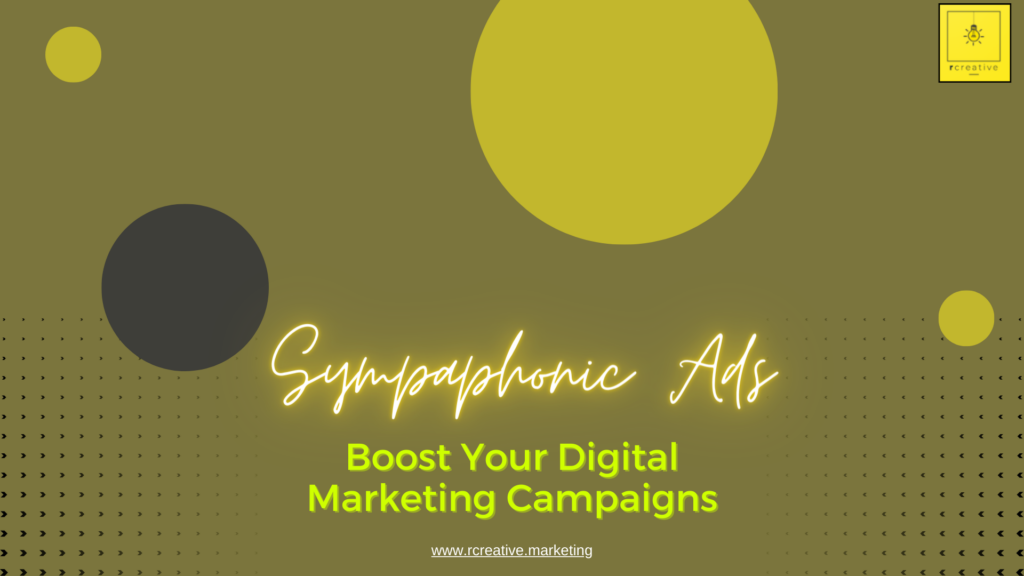Many people are drawn to blogging and boosting their online presence by the allure of earning an extra bit of cash – or even a viable living – from their website. While blogging is definitely a great foray into online money making, it can be more than a little frustrating to learn exactly how the money is made.
A good number of bloggers make some kind of money from their online activity. But only a handful of bloggers make anything near what they’d like to make from their blogging venture. And often, it takes a long time to get to the point of profitability.
So how do Bloggers Make Money?
There are many ways to turn your blog into a stream of revenue, including:
- Affiliate Programs – you sign up for a program with a vendor that you frequent and get a cut of the cash when someone makes a purchase from that site through your link
- Sponsorships – a company that aligns with your blog’s purpose sponsors a blog post, usually in the form of sending you a complimentary product in return for a themed post featuring that product
- Ads – companies pay to rent a portion of your blog’s space in order to display their own ad information
If you’re a blogger, you’re probably familiar with one or all of these methods of deriving income from the blogging platform.
If you’re anyone who reads anything on a webpage on the internet, then you’re almost certainly familiar with these income generators – and you probably hate them.
I personally hate ads so much that I have two ad blockers installed in my browser and find “adwalls” (companies that refuse to show their content unless you turn your ad blocker off) more invasive than paywalls. If I can help it – and I usually can – I don’t even stick around long enough to read something that’ll only display with a dozen obnoxious ads. Instead, I Google the information I’m looking for and find a site that offers it without assaulting my senses.
The difficult thing is that once upon a time, ads were a viable way to earn a reliable income from blogging – even if they weren’t the bulk of an income. Bloggers could expect to earn a few hundred bucks a month, provided that they kept their site traffic and page views within the agreed upon parameters.
Unfortunately, as thousands of new bloggers have tried to milk the advertising cash cow, the supply has dried up, especially where earning real money comes in. Thanks to the basic laws of supply and demand, the more bloggers looking for ads to display on their sites, the lower the payout for each ad seen.
Some may argue that the creation of more web pages equals more opportunity for people to view ads, and thus the price should remain fairly stable. But when most sites created are sliding to the dark corners of the web and only attract a few loyal readers a month, the blogmaster isn’t seeing nearly the share of the pie they might’ve imagined. More billboards in a county don’t mean much if they’re going up on an unpaved back road, rather than on the main highway through town.
So, how can Bloggers Make Money Without Driving People Crazy?
We’ve all got the picture. Ads make people crazy. Ads often make people leave your site. People don’t like ads.
Sponsorships and affiliate programs can often be lumped into the same category as ads, since they represent varying types of paid advertisement. I get annoyed to see sponsored posts, especially when they don’t even remotely pertain to the content a blog covers – like a post about making juice pops from sponsored juice on a blog that’s about sustainability and environmental issues. Though there are times when sponsorships make sense, and as long as the blogger is up front about the sponsorship as soon as I click onto their page, I can adjust my expectations accordingly.
Affiliate programs are a little different, and in my mind they’re definitely the least obnoxious type of advertisement. In fact, affiliate programs can even be helpful sometimes, especially if they’re to a site that’s really in tune with what a blogger is trying to accomplish – like a natural parenting blogger being an affiliate with a cloth diapering company.
But sponsorships and affiliate programs are hardly going to pay the bills. If you’re looking to earn a serious income from blogging, you’ve got to give your readers something they simply cannot get anywhere else.
As with any good business, you’ve got to offer products. Your site can’t merely be a virtual billboard showing the same ads that viewers see at literally every other website they visit. Your content needs to be unique, down to the last jot and tittle.
Breaking Down a Blog’s Product Offerings
When it comes to the products that you offer on your blog, they’ll fall into one of two categories: physical products and intellectual offerings.
The first category – physical products – includes anything that you make and ship or host as a drop shipping company. This might be something crafty that you have developed to compliment your blog’s theme, like a homesteading site offering handcrafted soaps, or could be more robust, like a crafting blog offering a mercantile featuring their favorite yarn and knitting needles.
Physical products can also include items that you have designed but don’t print yourself, like custom t-shirts or postcards. Or they might include books and CDs that you’ve created but are drop shipped from a third party distributor. Basically anything that you develop and gets shipped to your customers’ front doors is a physical product, regardless of how it gets there.
The second category, then, is intellectual offerings. You might also call this services, if you’re offering something like life coaching or other consultation.
But offerings that are particularly helpful to bloggers is the type of intellectual offerings that give them the opportunity to earn a passive income, rather than chasing down leads and managing an appointment book. After all, most bloggers want to write or tell stories. They don’t want to handle the messy side of business that is client relations.
Intellectual offerings are currently making a big splash in the online community. Bloggers are flocking to avenues where they can develop and share these offerings. But what are intellectual offerings and how can you include them on your own site?
In general, these offerings fall into one of a few categories:
- Email Campaigns – multi-part series that are delivered to your subscriber’s inbox daily, weekly or monthly
- E-courses – focused material organized in a course setting, often with video content, written content and some type of interactive forum
- Ebooks – long form posts (generally 5,000 to 40,000 words) that follow a book format
For the most part, campaigns, courses and ebooks all follow something that your blog already covers at length. You, as the author or director of this content, are a subject matter expert, or have discovered a niche that other people just aren’t writing about.
All of the intellectual offerings take on the same flavor as your blog, but give your readers something more to absorb and refer back to. These are the products that attract a healthy income and boost your blog’s organic traffic.
Often, bloggers are discouraged from pursuing intellectual offerings, because their blog doesn’t have enough traffic or a long enough subscriber list. And while it’s good practice to build a fairly large number of dedicated followers before launching something like an e-course, which takes a lot of time to develop, many forms of intellectual offerings work to drive your following and help you build a subscriber list.
Are You Driving Your Readers Crazy?
In the coming months, we’re going to take a much deeper look into each offering on it’s own, starting with subscriber lists in September. Today, go ahead and look through the following set of questions to better understand your own blog and audience, and determine which products might be a good fit for you:
If you weren’t able to check off three or more of these questions, you may want to evaluate your blogging plan and how you are attracting your readers. It’s ok to not know exactly where you’re going with your blog or how you’ll monetize it. Maybe you don’t even want to monetize it and your blog simply exists as a place for you to share your ramblings – that’s totally up to you!
But if you’re looking to earn some serious money as a blogger, you’re definitely not going to want to miss our series on intellectual offerings. You’ll learn more about how to create content that engages your readers and how to build a subscriber list that’ll get you more followers and income.
Best of all? We’re offering this series for free and we’ve got the tools you need to get where you’re going, even if you’re only comfortable with writing short posts once a week.
To be the first to receive our posts when they drop, sign up for our email list.
[mc4wp_form id=”573″]
This post is part one in our series on monetizing your blog. You can read part two: Building Your Subscriber List here.
[button id=”4fd9b4f4b32921647383bf92ba393ba3″ text=”Show me how to build my subscriber list” url=”https://www.rystedtcreative.com/copywriting/monetize-blog-building-subscriber-list/” target=”_self” alignment=”center” alignment_mobile=”default” image=”” icon=”ti-email” icon_alignment=”left” style=”1″ size=”large” radius=”0″ border_size=”2″ shadow=”simple” full=”false” tale=”none” margin=”0px 0px 15px 0px” text_color=”#ffffff” text_hover_color=”” background_color=”rgba(31,120,230,1)” background_hover_color=”rgba(31,78,136,1)” border_color=”rgba(152,255,161,1)” border_hover_color=”rgba(120,246,131,1)” animation=”none” animation_speed=”2″ animation_delay=”0″ __fw_editor_shortcodes_id=”1cd8293c16122c55834fefd72712dc03″ _fw_coder=”aggressive”][/button]






